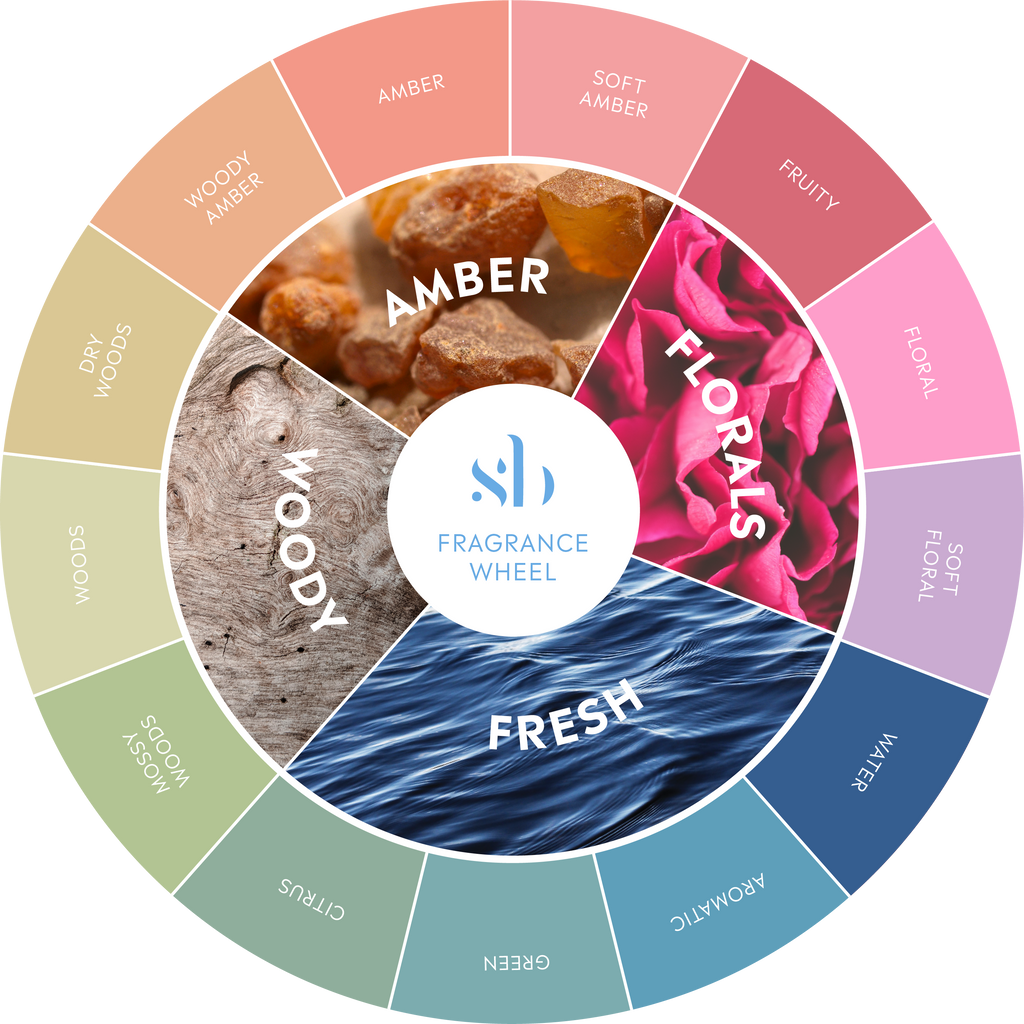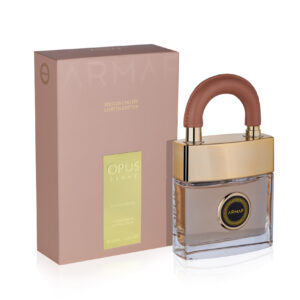
Mastering Perfume Notes and Fragrance Families: Your Ultimate Guide to Scents
Estimated reading time: 7 minutes
Key Takeaways
- Understanding perfume notes is fundamental to selecting a fragrance that suits your personality and occasion.
- The three layers—top, middle (heart), and base notes—create a dynamic scent pyramid.
- Knowledge of fragrance families such as floral, woody, fresh, and oriental streamlines your decision-making.
- Comparative insights on floral vs. woody and fresh vs. oriental perfumes help in understanding the contexts and moods they evoke.
- Practical tips on how to choose a perfume ensure a personalized and confident fragrance journey.
Table of contents
Understanding Perfume Notes
What Are Perfume Notes?
Perfume notes are the distinct aromas that develop over time after a fragrance is applied. They form the pyramid structure of any perfume, building a complex scent profile.
The classic pyramid includes:
- Top notes – the first impression that evaporates quickly.
- Middle (Heart) notes – the core scent, lasting several hours.
- Base notes – the foundation that lingers and deepens the fragrance.
What Are Top, Middle, and Base Notes in Perfume?
Top Notes: These are the initial scents, offering a light burst from citrus fruits like lemon or bergamot, berries, and aromatic herbs such as lavender or mint. They set the tone of the fragrance.
Middle (Heart) Notes: As the top notes fade, the heart notes emerge, usually composed of floral scents like rose or jasmine, fruity nuances, or spices such as cinnamon. They define the perfume’s character.
Base Notes: Acting as the anchor, these notes bring warmth and depth with ingredients like sandalwood, cedar, musk, or vanilla. They are long-lasting and provide a lasting impression.
For an artistic perspective on scent exploration, check out Sniff Perfumes: Exploring the Art and Science of Fragrance Experience.
To explore the history behind fragrance trends, read First Name in Perfumes: Exploring the Origins, Icons, and Naming Secrets.
Additional research can be found at:
Exploring Fragrance Families
What Are Fragrance Families?
Fragrance families group perfumes based on their dominant scent characteristics. This categorization helps in identifying similar scent profiles.
The main fragrance families include:
- Floral: Predominantly flower-based scents like rose, jasmine, and violet.
- Woody: Warm, earthy notes from sandalwood, cedar, and patchouli.
- Fresh: Crisp and clean aromas featuring citrus, green, or marine elements.
- Ambery (Oriental): Rich, exotic blends with vanilla, spices, and amber.
Understanding these families aids in refining your fragrance selections for various moods and occasions.
For more insights on fragrance classification, visit:
Comparing Floral vs. Woody Perfumes
Defining Floral and Woody Perfumes
Floral Perfumes: Centered around lush flower scents such as rose, jasmine, and violet, these create an aura of romance and freshness.
Woody Perfumes: Highlighting warm, earthy notes like sandalwood, cedar, and patchouli, these fragrances evoke sophistication and a natural, grounding vibe.
Key Differences:
| Feature | Floral Perfumes | Woody Perfumes |
|---|---|---|
| Common Notes | Rose, jasmine, violet | Sandalwood, cedar, patchouli |
| Mood/Feel | Romantic and uplifting | Warm and sophisticated |
| Typical Usage | Daytime, special occasions | Evening, formal events |
This comparison is backed by expert scent profiles that highlight the distinct characteristics of each category. For more information, visit Brew Perfumes.
Contrasting Fresh vs. Oriental Perfumes
Defining Fresh and Oriental Perfumes
Fresh Perfumes: These are characterized by lively notes of citrus, green leaves, and marine essences that provide an energizing feel.
Oriental (Ambery) Perfumes: Emphasizing warm, exotic scents with ingredients such as vanilla, amber, and spices, these create a sensual and dramatic experience.
Detailed Comparison:
| Feature | Fresh Perfumes | Oriental (Ambery) Perfumes |
|---|---|---|
| Signature Notes | Citrus, marine, green | Vanilla, amber, spices |
| Scent Evolution | Quick burst of top notes | Deep, long-lasting base notes |
| Mood/Usage | Energizing and casual | Sensual and bold |
Discover the daring journey of scent with Funerie Pineward Perfumes: A Dark, Daring Journey Into Scent.
For further reading on the subject, check out the comprehensive guide on Brew Perfumes.
How to Choose a Perfume Based on Notes and Fragrance Families
Practical Tips
- Sample and Observe: Test perfumes on your skin to see how the top, middle, and base notes evolve over time.
- Know Your Fragrance Families: Identify whether floral, woody, fresh, or oriental scents suit your personality and the occasion.
- Test on Skin: Your skin’s chemistry affects the scent; always test directly on skin rather than paper.
- Consider the Occasion: Opt for light, fresh scents for daytime and richer, oriental or woody options for evening events.
- Read Descriptions and Reviews: Use fragrance notes as a guide to filter choices and gain insights from feedback.
Step-by-Step Guide
1. List your preferred fragrance families.
2. Sample perfumes and note how the scent develops (from top to base notes).
3. Record which note layers resonate with you.
4. Experiment under different conditions (daytime vs. evening).
5. Consult expert articles and reviews for deeper insights.
For a comprehensive guide on perfume selection, explore How to Choose the Right Perfume.
Additional resources:
Conclusion
Understanding perfume notes and fragrance families is essential for embarking on a rich and personalized scent journey. Recognizing the evolution of scents from what are top, middle, and base notes in perfume to classifying fragrances into families empowers you to make informed choices.
Use insights from the comparisons of floral vs. woody perfumes and fresh vs. oriental perfumes to guide your selections. Let your journey into the art of fragrance be informed by both scientific principles and personal expression.
For occasion-based recommendations, check out Best Perfumes for Different Occasions.
Frequently Asked Questions
Q1: What exactly are perfume notes?
A1: Perfume notes are the layered scents that develop in stages (top, middle, base) after applying a fragrance, creating a unique sensory experience.
Q2: How long do top notes typically last?
A2: Top notes are usually light and evaporate within a few minutes to approximately 30 minutes, setting the initial impression of the perfume.
Q3: Can fragrance families guide me in choosing the right perfume?
A3: Absolutely. Knowing whether you prefer floral, woody, fresh, or oriental perfumes can greatly simplify your selection process and match your mood or occasion.





